How to Optimize Your Packaging Process with a Stretch Wrapper
In today’s fast-paced manufacturing and logistics environment, optimizing packaging processes has become essential for ensuring efficiency and cost-effectiveness. A recent study by Allied Market Research revealed that the global stretch wrapper market is projected to reach $5.2 billion by 2025, reflecting a compound annual growth rate (CAGR) of 4.8% from 2018. This surge is largely due to increasing demands for automated packaging solutions, which enhance productivity while minimizing labor costs. A Stretch Wrapper plays a pivotal role in this optimization, as it not only ensures the stability and integrity of products during transport but also significantly reduces material waste through precise wrapping capabilities. By incorporating advanced stretch wrapping technology, businesses can streamline their packaging operations, achieve higher throughput, and improve overall supply chain efficiency. Understanding the best practices for utilizing a Stretch Wrapper will be crucial for companies looking to stay competitive in an evolving market.
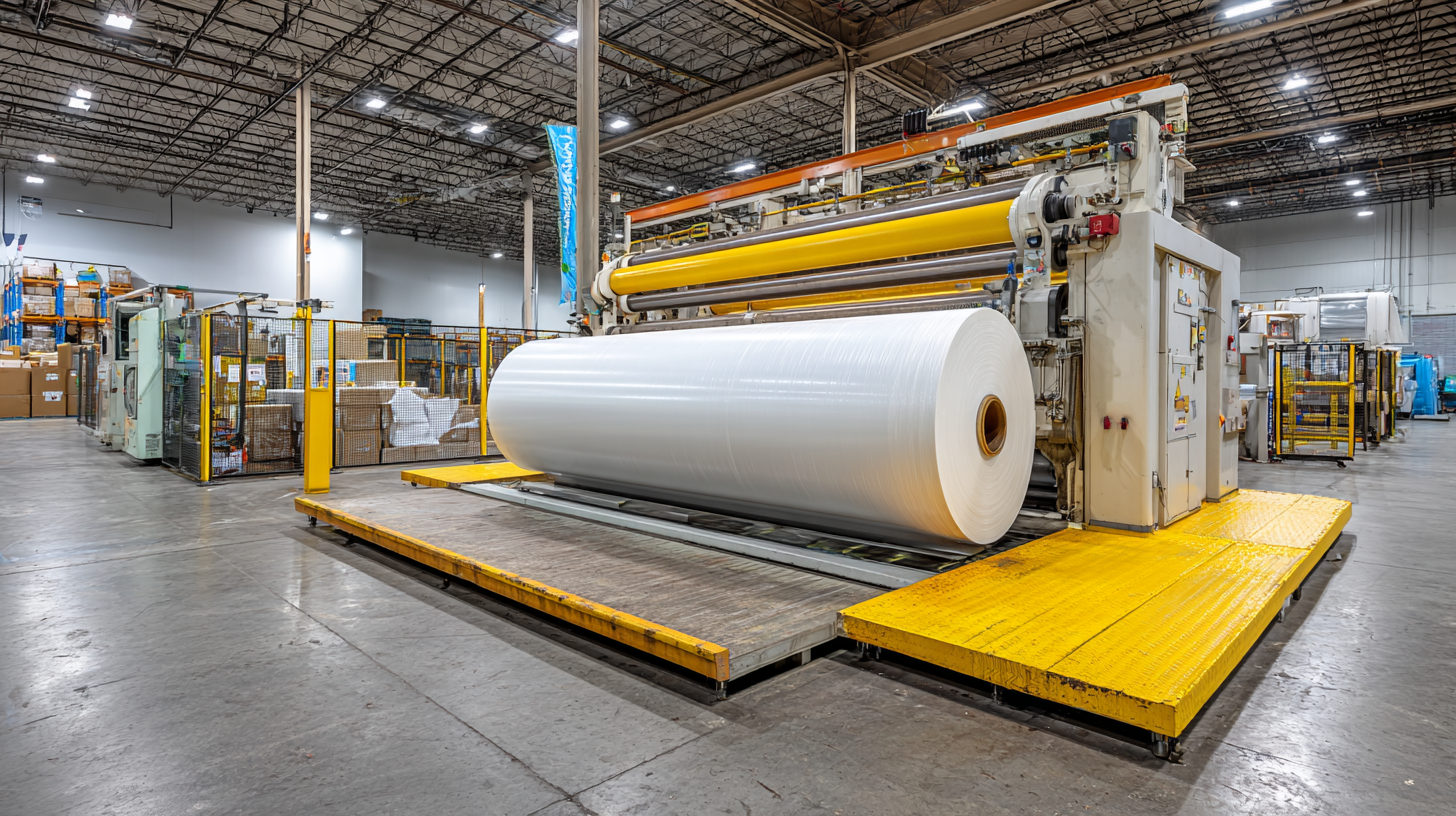
Understanding the Benefits of Using a Stretch Wrapper in Your Packaging Process
Using a stretch wrapper can significantly enhance the efficiency and effectiveness of your packaging process. One of the primary benefits is the improved stability and protection it provides to products during storage and transportation. By tightly wrapping items in durable stretch film, businesses can prevent damage from shifting or impact, ensuring that goods reach their destination in optimal condition. This protective layer also acts as a barrier against dust, moisture, and other environmental factors, further safeguarding the products.
In addition to protecting products, stretch wrappers increase productivity in the packaging line. Automating the wrapping process can save time and labor costs, allowing employees to focus on more valuable tasks. Moreover, stretch wrapping reduces the amount of packaging material needed, as it uses film that can conform closely to the shape of the items being wrapped. This not only minimizes waste but also results in cost savings, making it an environmentally-friendly option. Overall, integrating a stretch wrapper into your packaging process can provide significant operational advantages, leading to enhanced efficiency and financial benefits for businesses.
Optimizing Your Packaging Process with Stretch Wrappers
This chart illustrates the benefits of using a stretch wrapper in the packaging process, showing the impact on efficiency, cost, and waste reduction.
Identifying Your Packaging Needs and Requirements for Stretch Wrapping
When considering the optimization of your packaging process, it's essential to identify your specific packaging needs and requirements for stretch wrapping. According to a report by the Packaging Machinery Manufacturers Institute (PMMI), approximately 62% of companies have reported that enhancing their packaging efficiency directly impacts their overall productivity. Evaluating the dimensions, weight, and fragility of your products is critical. Proper assessment can guide you in selecting the appropriate stretch wrapper that can accommodate the variability in load sizes while ensuring adequate protection during transit.
Furthermore, understanding the materials and the type of stretch film you will use is another vital aspect. The Freedonia Group indicates that the demand for stretch film in North America is projected to reach 3.3 billion pounds by 2025, driven by increased warehouse automation and logistics efficiencies. Analyzing your packaging throughput and cycle times alongside the desired level of load containment will help in making informed choices on machinery specifications and the stretch film's thickness and type. Transitioning to a custom-fit stretch wrapper can significantly reduce material costs and minimize waste, thus aligning with sustainability goals while improving your packaging process efficiency.
How to Optimize Your Packaging Process with a Stretch Wrapper - Identifying Your Packaging Needs and Requirements for Stretch Wrapping
| Packaging Requirement | Description | Importance Level | Recommended Machine Type |
|---|---|---|---|
| Load Capacity | Maximum weight of loads to be wrapped. | High | Heavy-Duty Stretch Wrapper |
| Wrap Height | Maximum height of pallets or loads. | Medium | Adjustable Stretch Wrapper |
| Speed of Wrapping | Time taken to wrap a load. | High | High-Speed Stretch Wrapper |
| Type of Film | Type of stretch film required for optimal wrapping. | Medium | Various Film Options |
| Operational Environment | Indoor or outdoor operation. | Low | Standard Stretch Wrapper |
Choosing the Right Type of Stretch Wrapper for Your Operations
When it comes to optimizing your packaging process, selecting the right type of stretch wrapper for your operations is crucial. Different industries and products require different features, so identifying your specific needs is the first step. Consider the volume of products, the nature of the items being wrapped, and the available space in your facility. For instance, high-volume operations might benefit from automatic stretch wrappers that enhance speed and efficiency, while smaller businesses could opt for semi-automatic machines that still deliver quality without a hefty investment.
Tips:
1. Assess your product dimensions before purchasing a stretch wrapper. Ensuring that the machine can accommodate your largest items will save time and prevent operational hiccups.
2. Evaluate the wrap type and thickness that best suit your load requirements. Choosing the right film can enhance load stability and reduce costs significantly.
Finally, don't overlook the importance of ease of use and maintenance. A user-friendly design can improve employee efficiency and reduce the potential for errors. Ensure that the machine you choose has accessible parts for routine maintenance, which will keep your production line running smoothly.
Implementing Best Practices for Effective Stretch Wrapper Usage
When implementing best practices for effective stretch wrapper usage, it is crucial to understand the fundamentals of the stretching process. Firstly, proper machine setup plays a vital role in optimizing the wrapping efficiency. Operators should frequently calibrate the stretch wrapper according to the product specifications, ensuring the film tension is neither too tight nor too loose. Monitoring the film's overhang and alignment can significantly reduce waste and prevent damage during transit.
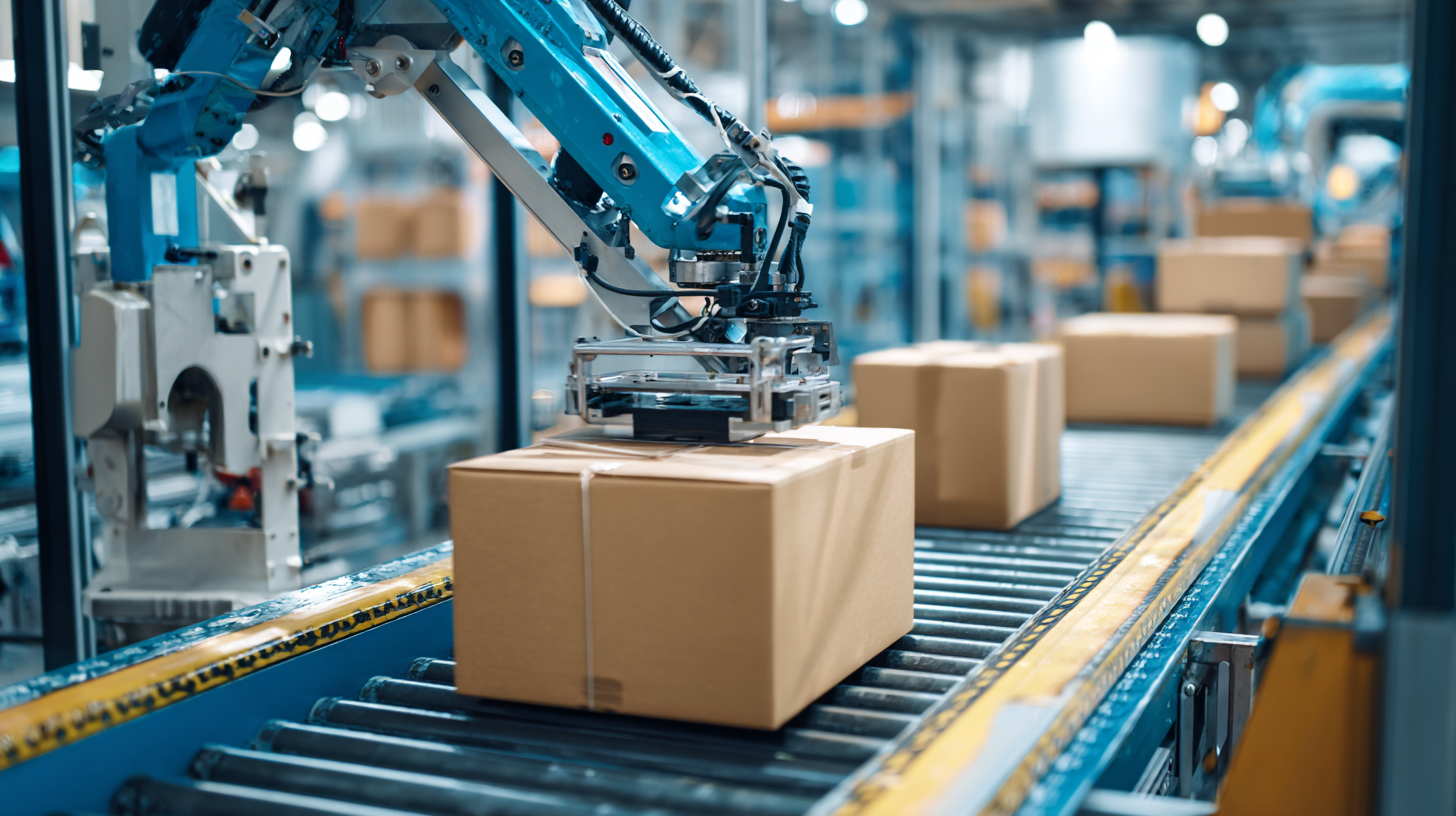
Additionally, training staff on the correct techniques for using stretch wrappers is essential. Investing time in comprehensive training sessions will equip employees with the knowledge to adjust settings based on different load sizes and weights. This adaptability can lead to consistent load stability and enhanced production efficiency. Moreover, regular maintenance of the stretch wrappers will minimize downtime and extend the lifespan of the equipment, contributing to a more streamlined packaging process. By adhering to these best practices, businesses can enhance their operational workflow and ensure that products are delivered in optimum condition.
Maintaining and Troubleshooting Your Stretch Wrapper for Optimal Performance
Maintaining your stretch wrapper is essential to ensure its longevity and optimal performance. Regular maintenance involves simple yet crucial tasks, such as cleaning the machine, checking for wear and tear, and ensuring that all components are functioning correctly. It is advisable to schedule routine inspections, focusing on areas such as the film carriage, rollers, and seals. Keeping these parts clean and free from debris prevents unnecessary strain and potential breakdowns, allowing for consistent wrapping quality.
In addition to routine maintenance, troubleshooting common issues can help minimize downtime and improve efficiency. For instance, if you notice uneven wrapping or loose loads, check the tension settings and film quality. It may also be beneficial to review the machine's calibration regularly. If the machine frequently jams or stops, inspect the sensors and electrical connections to ensure they are clear and functioning. By addressing these issues promptly, you can avoid costly repairs and keep your packaging operations running smoothly.
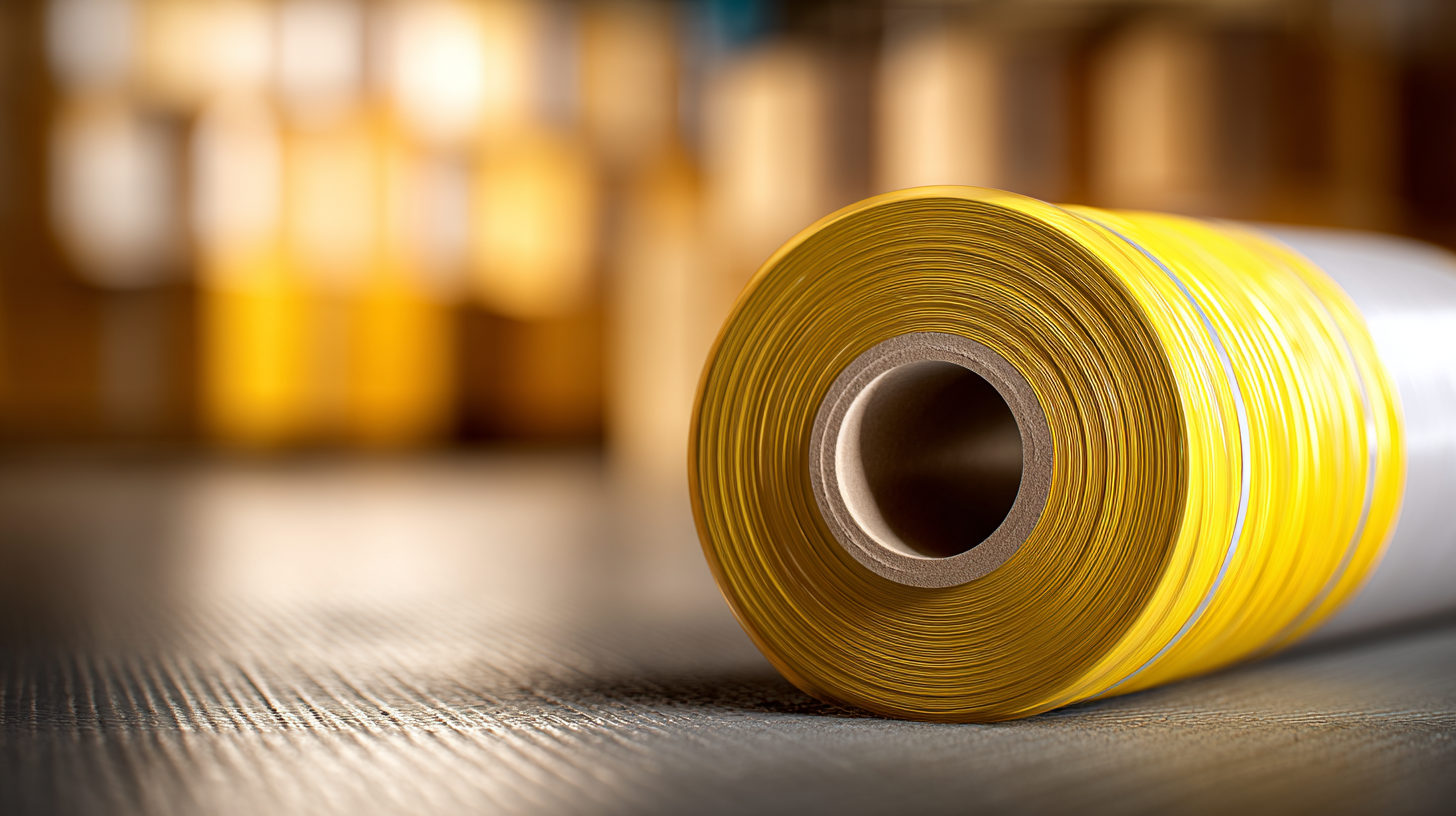
Related Posts
-
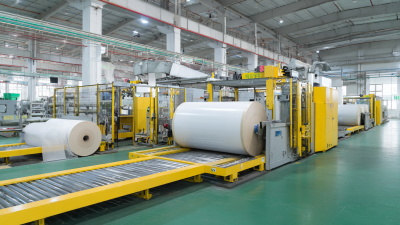
World Class Chinese Factory Delivers Unmatched Best Stretch Wrapper Solutions
-
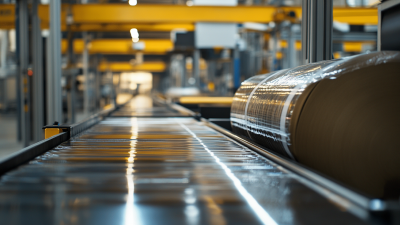
Innovative Strategies for Optimizing Efficiency with Advanced Wrapping Machines
-

Exploring the Future of Food Packaging Innovations and Their Impact on Global Supply Chains
-
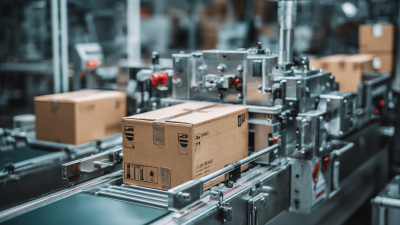
8 Compelling Reasons to Choose the Best Cartoning Machine for Your Production Needs
-
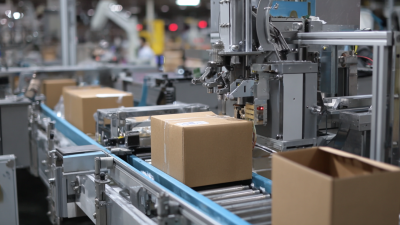
What Makes Best Fully Automatic Packaging Machinery an Industry Leader
-
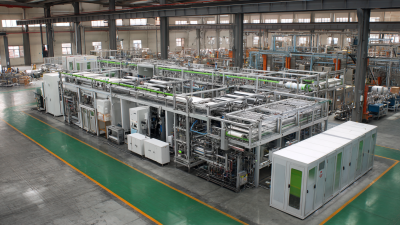
How to Choose the Right Packaging Equipment for Your Business Needs
